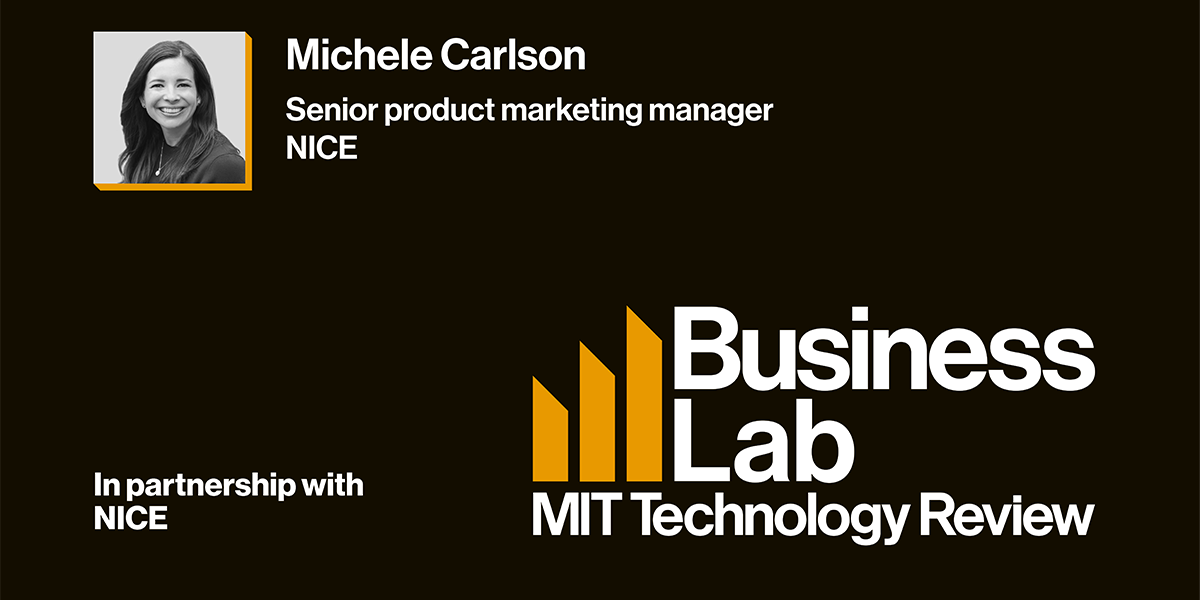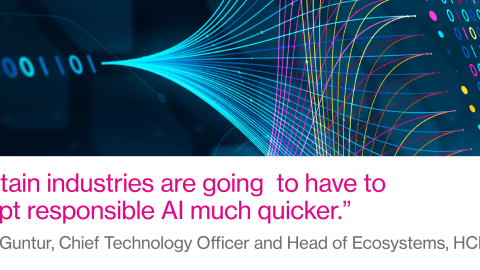
Once the interaction begins, we can use data, artificial intelligence, to measure sentiment, customer sentiment. And in the course of the interaction, an agent can get a notification from their supervisor that says, “Here’s a couple different things that you can do to help improve this call.” Or, “Hey, in our coaching session, we talked about being more empathetic, and that’s what this means for this customer.” So, giving specific prompts to make the interaction move better in real-time.
Another example supervisors are also burdened with; they usually have a large team of somewhere up to 20, sometimes 25 different agents who all have calls going at the same time.
And it’s difficult for supervisors to keep a pulse on, who is on which interaction with what customer? And is this escalation important, or which is the most important place? Because we can only be one place at one time. As much as we try with modern technology to do many things, we can only do one really well at once.
So for supervisors, they can get a notification about which calls are in need of escalation, and where they can best support their agent. And they can see how their teams are performing at one time as well.
Once the call is over, artificial intelligence can do things like summarize the interaction. During a context interaction, agents take in a lot of information. And it is difficult to then decipher that, and their next call is going to be coming in very quickly. So artificial intelligence can generate a summary of that interaction, instead of the agent having to write notes.
And this is a huge improvement because it improves the experience for customers. That next time they call, they know those notes are going to go over to the agent, the agent can use them. Agents also really appreciate this, because it’s difficult for them in shorthand to recreate very complicated, in healthcare for example, all of the different coding numbers for different types of procedures, or are the provider, or multiple providers, or explanations of benefits to summarize all of that concisely before they take their next call.
So an auto-summarization tool does that automatically based off of the conversation, saving the agents up to a minute of post-call notes, but also saving businesses upwards of $14 million a year for 1,000 agents. Which is great, but agents appreciate it because 85% of them don’t really like all of their desktop applications. They have a lot of applications that they manage. So artificial intelligence is helping with these call summaries.
It can also help with reporting after the fact, to see how all of the calls are trending, is there high sentiment or low sentiment? And also in the quality management aspect of managing a contact center, every single call is evaluated for compliance, for greeting, for how the agent resolved the call. And one of the big challenges in quality management without artificial intelligence is that it’s very subjective.








Recent Comments